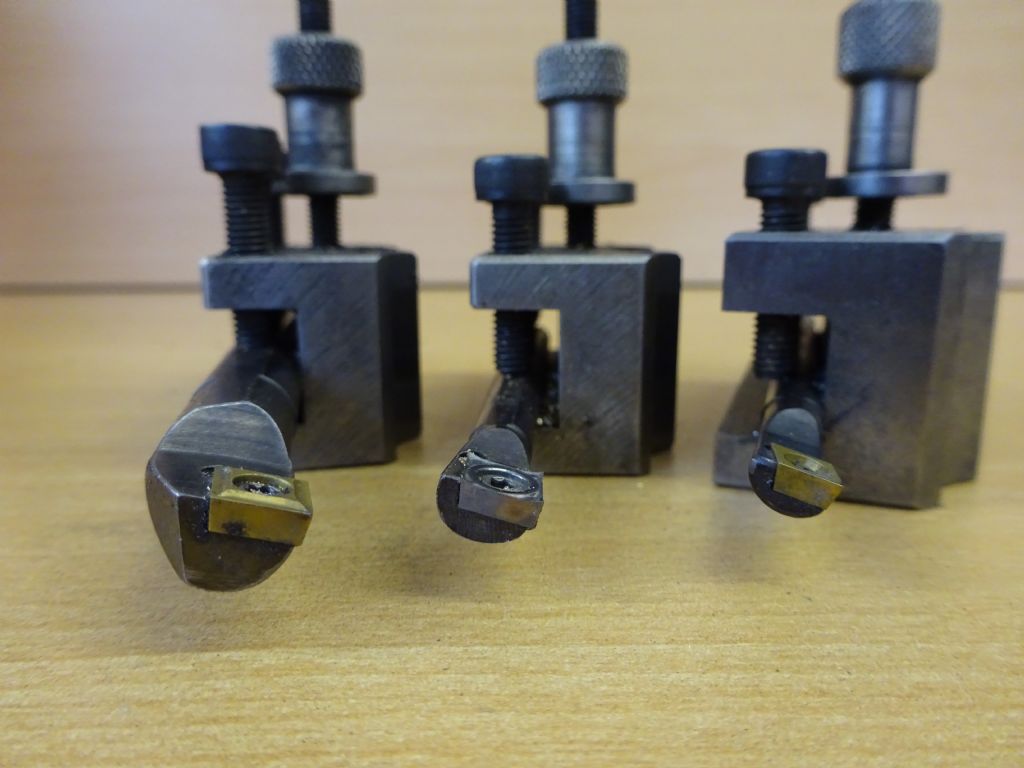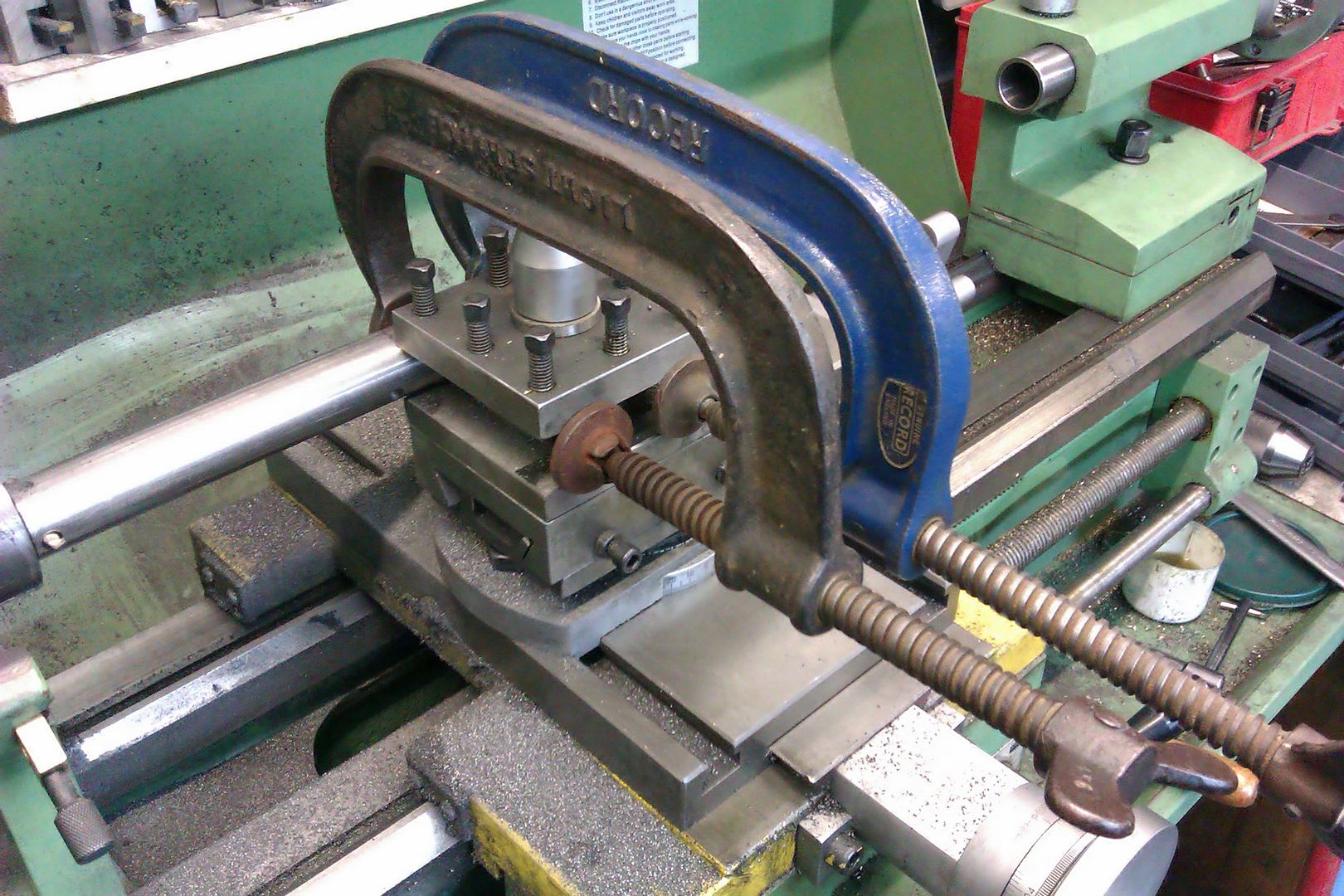Whew, what a can of worms I've overturned.
I've been looking at the Warner, Greenwood & Glanze websites. The first point is that Warner specifies different inserts for their boring bars and turning tools, whereas Greenwood specifies the same insert for both. The difference appears to be that Warner quotes 20 degree relief for the boring bar inserts as against 7 degrees for those for the turning tools. Glanze show a very nice diagram of the SCLCR boring bar showing that the insert is definitely slanted w.r.t. the flats. It seems to me that I've made a mistake, probably due to being misled by Greenwood's information. Not that Greenwood's info is wrong, it's just me that misunderstood.
Given that my whole idea was to buy, ok perhaps with a load of taxes added in as well, a set of 10 CCMT equivalent inserts from Warner and use them on both boring bar and turning tools which were to be sourced in the UK, then I'm obviously going to have to think again, maybe even abandon the idea especially as a rough total estimate was going to be around £100 or so for the inserts plus taxes etc.
Now, just to clarify matters, I don't want TCT inserts. I've tried TCT tipped tools with a conspicuous lack of success – chipping, won't cut, and in one instance, the brazing gave way. That's on 2 sets of tools, 5/16in & 3/8in. So I'm not exactly enamoured with TCT. It may well be that my technique is wrong. Plus I suspect that my lathe slides are not up to it. I'm trying the Greenwood inserts because their Omega milling cutter using their NJ17 material worked surprisingly well on my milling machine so I thought as I'd bought some holders ready for Warner's HSS inserts, then I'd try Greenwood's inserts. I think with the boring bar I'll create a holder as has been suggested above and try that, otherwise I'll just use them for rough turning to get down to somewhere near the required size.
FWIW, although for me HSS works better than TCT, I've recently been experimenting with high carbon tool steel, and found to my surprise, that these tools actually seem to work even better for me: they seem to be sharper than HSS, remain sharper longer, and are easier to re-sharpen. Indeed, all they seem to need is a quick rub with a diamond hone. The downside is that I have to keep speeds down to avoid overheating and hence softening the tool, but for me, speed hardly matters. In a way, this is confirming what T.D.Walshaw/Tubal Cain says, ie that properly made high carbon tools are actually harder than HSS. Another minor problem is that I am getting material build-up on the cutting tip, but this is easily removed with a stroke or two of a diamond hone.
Incidently, the hole I was boring which set off my original query is now almost the required size with, as far as I can tell, a smooth bore. At least I've got rid of the marks left by the TCT insert. The tool I used was a 1/8in HSS boring bar about 35mm long. I used (many) repeated light cuts to get to the size and state I wanted.
Many thanks to all, I've learned something, mainly what a minefield this is.
Peter G. Shaw
Edit: Grammatical change!
Edited By Peter G. Shaw on 03/01/2016 21:25:19
Peter G. Shaw.






